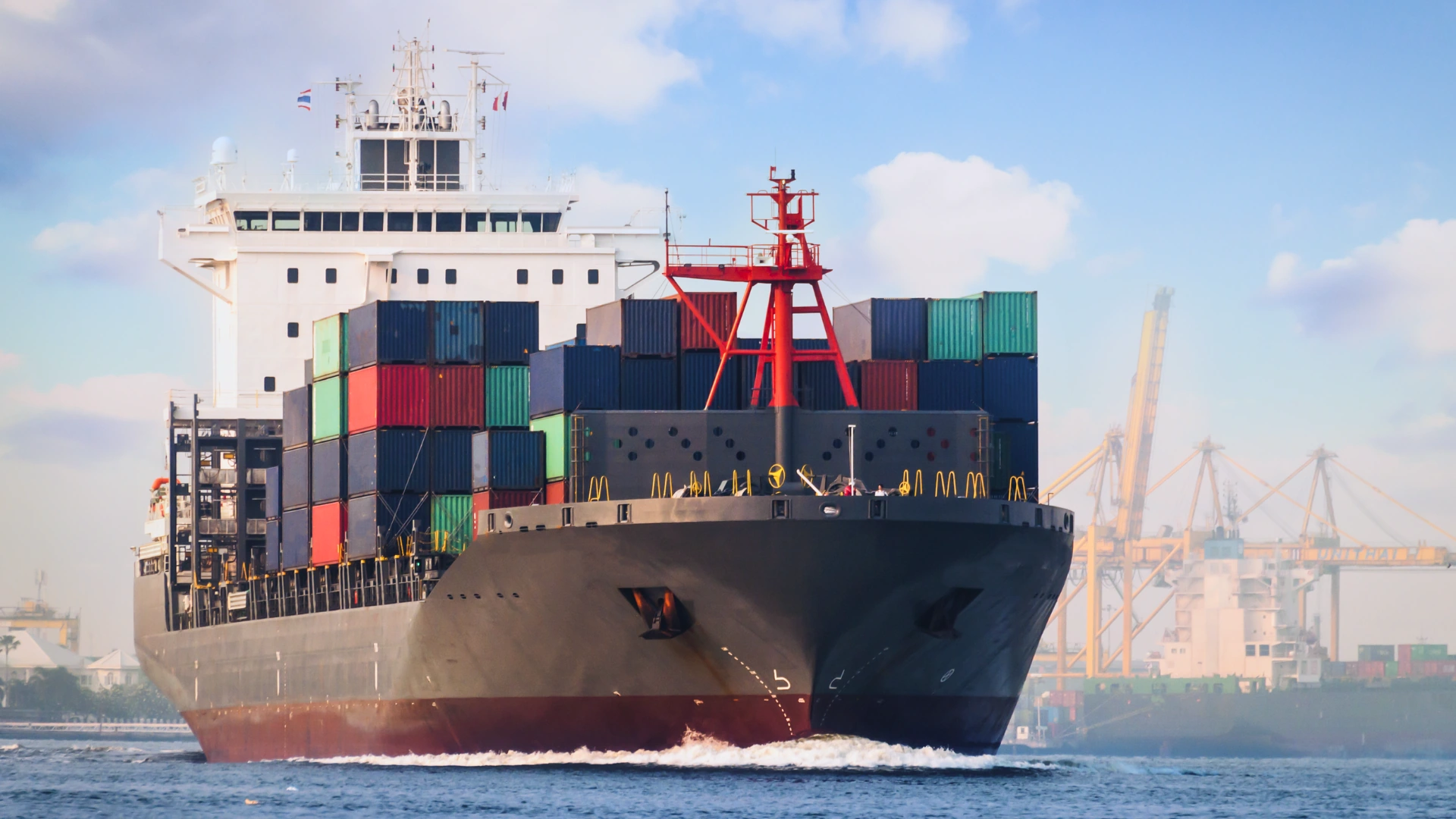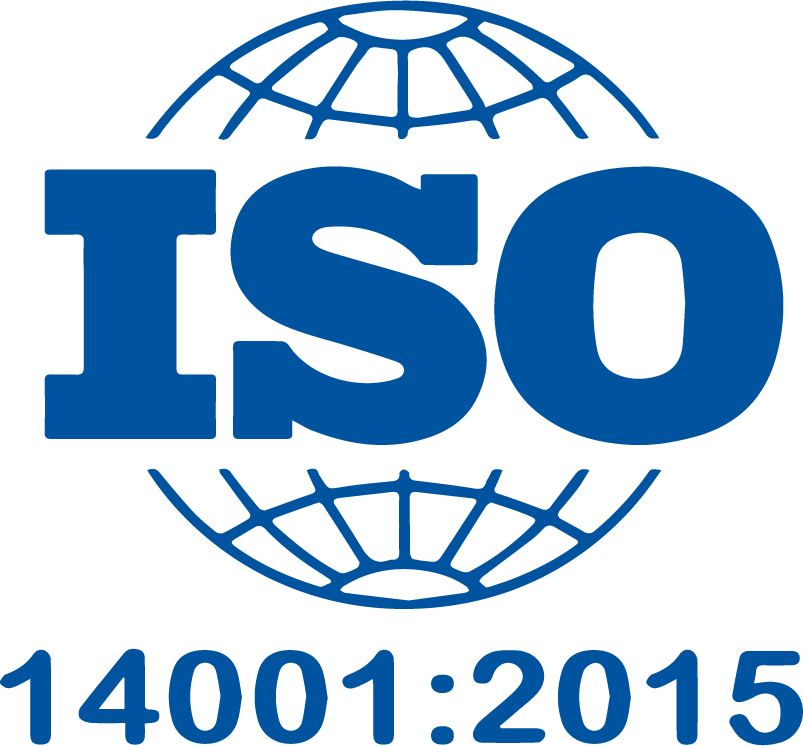How many and what types of economies exist and the Blue Economy model.
In the current global landscape, we are faced with different patterns that reflect our interaction with our surroundings and natural resources. Among these, functionally related to the resource/environment relationship, the following terminologies stand out: the Red Economy, the Green Economy and the Blue Economy. Each of these models refers to a specific philosophy toward economic development and environmental sustainability.
The Red Economy represents the direct consequence of last century’s industrial progress, in which theintensive use of resources ignored the consequences such behavior would have on future generations.
Green Economy, on the other hand, is the model that focuses on reducing environmental impacts and adopting more sustainable practices, such as efficient use of raw materials and adoption of efficient, low-emission technologies. The concepts of circularity and environmental and social sustainability are introduced here.
Finally, more recently, the model developed by economist and entrepreneur Gunter Pauli stands out: the Blue Economy, in which the importance of a holistic and innovative approach to resource management is emphasized. This model goes beyond the concept of environmental sustainability as reduction of impacts, but focuses attention on the regeneration of ecosystems, particularly marine and coastal ecosystems. The Blue Economy aims to transform waste and refuse into useful resources by promoting the integrated management of ocean resources.
What distinguishes the Blue Economy from the other two models mentioned above is its inspiration from the surrounding nature, thus taking the first step in a long journey toward an inclusive, circular and zero-emissions approach.
Applications of the Blue Economy.
Let us better understand this approach by declining eight main points that characterize its peculiarities:
-
Environmental Sustainability: the Blue Economy aims to develop the environment in parallel with the technological development of enterprises and production industries, promoting production and reducing costs; whether these are economic or in terms of resources.
-
Sustainable fishing: by promoting responsible fishing, efforts are made to conserve fish resources, prevent extensive damage to the marine environment while protecting its biodiversity.
Example:
Adoption of measures such as fishing quotas, minimum size of fish to be caught, and selective fishing techniques to prevent overfishing. -
Coastal tourism: the development of sustainable tourism along the coast contributes to the local economy because it creates jobs and raises community awareness of environmental conservation.
Example:
development of eco-sustainable tourism infrastructure, promotion of tours that educate visitors about marine conservation and implementation of beach management practices that protect natural habitats. -
Renewable energy: harnessing the energy potential of sea currents, wave energy, and thermal energy of major bodies of water in order to produce electricity in a sustainable way.
Example:
Use of technologies such as tidal turbines to generate power from sea currents or installation of wave energy facilities along the coast. -
Research and technology: investment in scientific research in order to better understand the oceans, monitor the marine environment, and develop technologies that reduce the impact of human activities on the seas.
Example:
investment in drones and ocean sensors to monitor ocean health, collect data on temperature and water quality, and to improve scientific understanding of the marine system. -
Sustainable shipping: reducing emissions and adopting cleaner technologies in the shipping industry to mitigate pollution.
Example:
transition to clean energy-powered ships, such as hybrid or hydrogen-powered ships, which can reduce harmful emissions in the shipping sector. -
Marine bioremediation: use of marine organisms to clean up pollutants and improve water quality.
Example:
Use of mussels and oysters to filter pollutants from coastal waters, contributing to improved water quality -
Culture and education: promoting awareness and education regarding marine conservation, encouraging responsible and environmentally friendly behavior.
Example:
Implementation of educational programs in coastal communities aimed at promoting awareness about marine conservation and encouraging responsible behaviors such as reducing plastic use and participating in beach cleanup activities
The pros and cons of the Blue Economy.
This sustainable model brings with it advantages and disadvantages, which is why it is necessary to balance the promotion of the positive aspects with continuous research to strategically address the challenges that hinder its spread.
Here are a number of benefits associated with adopting the Blue Economy:
- generates new and multiple opportunities for work and research;
- represents a type of economy that is highly respectful of natural and local resources, as well as for the traditions and cultures of different places;
- products created by the blue economy, from available resources, are more durable and completely environmentally friendly.
The cons of adopting the Blue Economy as a model, on the other hand, are:
- the strong opposition to the traditional-style economy that tends toward globalization and is still a major constraint;
- the considerable difficulty in tracing convincing motives that can guarantee the involvement of economic actors, especially when it comes to multinational corporations.
Navigating toward a regenerative future: the ambitious goals of the Blue Economy.
The goal of the blue economy is not just to invest more in environmental protection, but aims to innovate technologies to produce the resource-whether economic or material-by removing the concept of waste or discard. The Blue Economy reduces impacts on the environment and aims to create resources from what a resource is not: an economy that sees waste from industrial processing as a resource that can reduce CO2 emissions to zero by offsetting what has been “invested” in the past, foster economic, social and environmental growth.
The Blue Economy model, therefore, represents an opportunity to build a future in which development is yes pursued by the various stakeholders while safeguarding the ecosystems around us.










